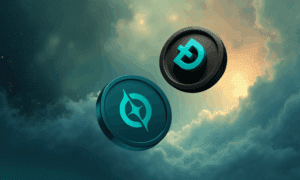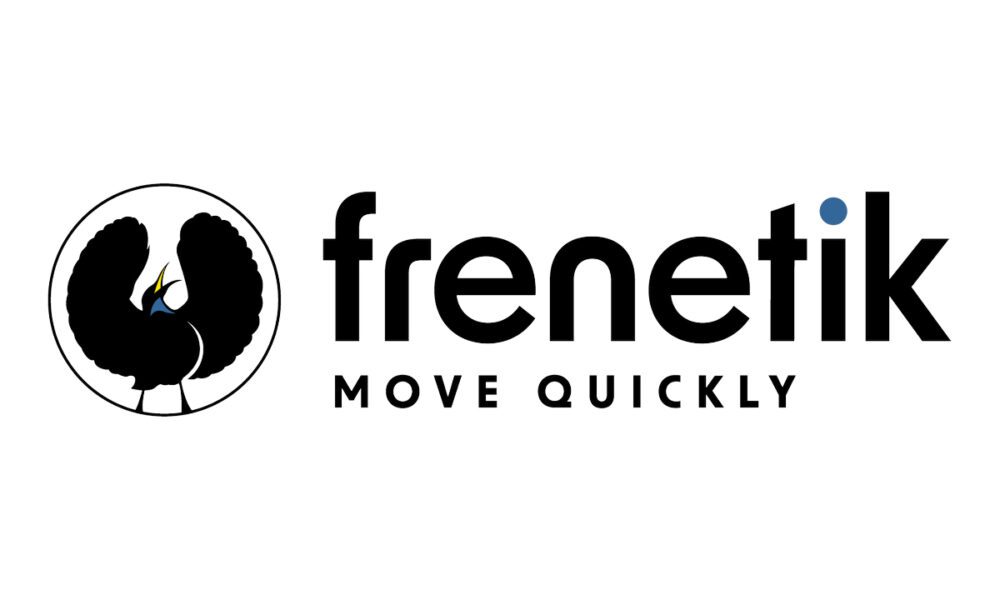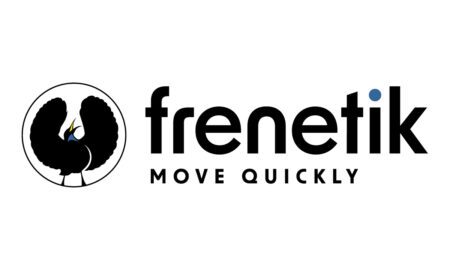Introduction
Welcome to the future of marketing! In a world where creativity meets technology, a groundbreaking phenomenon has emerged: NFTs. These non-fungible tokens have taken the digital art world by storm, but their potential reaches far beyond just aesthetics. Today, we dive into how NFTs are reshaping marketing strategies and unlocking untapped opportunities for businesses worldwide.
The rise of NFTs in the digital world
In recent years, the rise of non-fungible tokens (NFTs) has taken the digital world by storm. What started as a niche market for art and collectibles has now expanded into various industries such as music, gaming, and even real estate. NFTs are unique digital assets that are verified on a blockchain network, making them one-of-a-kind and impossible to duplicate or counterfeit.
One major reason for the popularity of NFTs is their ability to solve the problem of digital ownership. In today’s digital age, it is easy to copy and share digital content without any consequences. This poses a challenge for creators who rely on their unique creations for income. With NFTs, creators can now prove ownership and sell their work directly to buyers without worrying about piracy or copyright infringement.
Another factor contributing to the rise of NFTs is their potential value appreciation. Like physical assets such as art or collectibles, NFTs can also increase in value over time, depending on demand and scarcity. This has led to some staggering sales in the NFT market, with some pieces selling for millions of dollars.
How NFTs are changing the game for marketing strategies
NFTs (non-fungible tokens) have been making headlines in the world of cryptocurrency and art, but their impact goes far beyond these industries. In fact, NFTs are changing the game for marketing strategies across various sectors.
One major way that NFTs are disrupting traditional marketing strategies is through their ability to create scarcity and exclusivity. In the past, marketers relied on limited-edition products or experiences to create a sense of urgency and drive sales. However, with NFTs, this concept can be taken to a whole new level.
By creating limited edition NFTs for products or services, brands can tap into the fear of missing out (FOMO) phenomenon that drives consumer behavior. This is because once an NFT is sold out or no longer available, it becomes even more valuable and desirable to collectors and enthusiasts. This creates a powerful incentive for consumers to act quickly and make a purchase before it’s too late.
Examples of successful NFT marketing campaigns
1. Taco Bell’s “NFTacoBell” Campaign:
In March 2021, fast-food chain Taco Bell partnered with digital artist Gisel X Florez to create a series of five NFTs inspired by their iconic menu items. The auction took place on Rarible, a popular NFT marketplace, and each piece was sold for thousands of dollars within minutes. This campaign not only generated buzz around the brand but also showcased how NFTs can be used as a creative medium for marketing.
2. Nike’s “CryptoKicks” Sneakers:
In 2019, Nike filed a patent for “CryptoKicks,” which would allow customers to authenticate and verify the authenticity of their sneakers through blockchain technology. This innovative use of NFTs not only adds value to the product itself but also creates an exclusive experience for buyers who are willing to pay a premium price for limited edition sneakers.
Advantages and disadvantages of using NFTs in marketing
Advantages:
1. Unique and scarcity-driven: One of the main advantages of using NFTs in marketing is their uniqueness and scarcity factor. As each NFT is one-of-a-kind, it creates a sense of exclusivity and rarity that can attract consumers who value owning something unique. This can be a powerful tool for creating buzz around a brand or product launch.
2. Increased Engagement: By offering an NFT as part of a marketing campaign, brands can increase engagement with their audience by providing them with an interactive experience. Consumers can engage with the NFT through various actions, such as bidding on it or collecting it, which encourages them to spend more time interacting with the brand’s content.
3. Authenticity and Trust: With blockchain technology backing each NFT transaction, there is a level of authenticity and trust associated with these digital assets. This can be beneficial for brands looking to establish themselves as trustworthy and transparent in their marketing efforts.
4. Data Collection: NFTs can be used as a tool for data collection, allowing brands to gather valuable insights about their audience. This data can then be used to improve marketing strategies and tailor future campaigns to better suit the needs and preferences of their target market.
Disadvantages:
1. High Barrier to Entry: One of the main disadvantages of using NFTs in marketing is the high barrier to entry for both brands and consumers. Creating an NFT can be costly, and purchasing one also requires some technical knowledge and access to cryptocurrency.
2. Limited Audience: As NFTs are still a relatively new concept, the audience for these digital assets may be limited. This means that not all consumers may be familiar with how they work or have access to them, limiting the reach of marketing efforts using NFTs.
3. Volatility: The value of NFTs can be highly volatile, which can make it challenging to use them as a stable form of currency in marketing campaigns. This could lead to unexpected fluctuations in pricing or devaluation of the NFT, creating challenges for brands trying to establish a consistent pricing strategy.
4. Environmental Concerns: There have been concerns raised about the environmental impact of NFTs due to the large amount of energy required to create and maintain them. This could be a significant drawback for brands looking to establish themselves as environmentally conscious.
How businesses can incorporate NFTs into their marketing strategies
While the use cases for NFTs may seem limited to art and collectibles, businesses can also leverage this technology for their marketing strategies. In this section, we will explore how businesses can incorporate NFTs into their marketing strategies and tap into the potential of this emerging trend.
1. Create unique branded collectibles.
One way businesses can utilize NFTs is by creating unique, branded collectibles. These can range from digital trading cards to limited-edition virtual merchandise such as skins, avatars, or accessories for video games. By issuing these collectibles as NFTs on blockchain platforms like Ethereum or Binance Smart Chain, businesses can offer a sense of exclusivity and ownership to customers.
For example, Taco Bell sold its first-ever taco-themed NFT collection on Rarible in March 2021. The collection included five different types of tacos that were designed by Taco Bell’s creative agency and only available as one-of-a-kind digital assets.
2. Collaborate with influencers or creators.
Collaborating with influencers or popular creators is another effective way for businesses to incorporate NFTs into their marketing strategies. By partnering with an influencer or creator, businesses can leverage their audience and fan base to promote their NFTs.
For instance, popular YouTuber Logan Paul sold a set of NFTs on the WAX blockchain, featuring digital artwork and video highlights from his boxing match against Floyd Mayweather. This collaboration not only generated buzz around the fight but also attracted new audiences to the NFT space.
3. Offer exclusive rewards or benefits.
Businesses can also use NFTs to offer exclusive rewards or benefits to their customers. These can include VIP access to events, early access to products or services, or even ownership of a physical asset such as a limited edition item.
For example, luxury fashion brand Gucci collaborated with virtual sneaker platform Arianee in June 2021 to launch its first-ever NFT sneakers. The owners of these NFT sneakers will have exclusive access to future Gucci virtual products and experiences.
4. Gamification and Loyalty Programs
NFTs can also be used in gamification and loyalty programs for businesses. By issuing unique NFTs as rewards for completing tasks or reaching certain milestones, businesses can incentivize customer engagement and loyalty.
For instance, airline company Lufthansa launched an NFT-based game called “Lufthansa Blockchain Challenge” that rewards players with NFTs for completing challenges related to the aviation industry. These NFTs can then be redeemed for real-world prizes such as flights, lounge access, or upgrades.
5. Showcase company values and CSR efforts.
NFTs can also be used by businesses to showcase their company values and corporate social responsibility (CSR) efforts. By creating charitable NFTs and donating a portion of the proceeds to a cause, businesses can not only promote their values but also give back to the community.
For example, musician Grimes sold a series of NFTs on Nifty Gateway in February 2021, with a portion of the proceeds going towards environmental charities. This not only helped raise awareness for environmental causes but also generated buzz around her music and brand.
Conclusion
Incorporating NFTs into marketing strategies can open up new opportunities for businesses to engage with their customers and attract new audiences. By leveraging the unique capabilities of blockchain technology, businesses can offer exclusive rewards and create a sense of ownership and scarcity for their customers. As the popularity of NFTs continues to grow, it is important for businesses to keep up with this trend and explore how



































